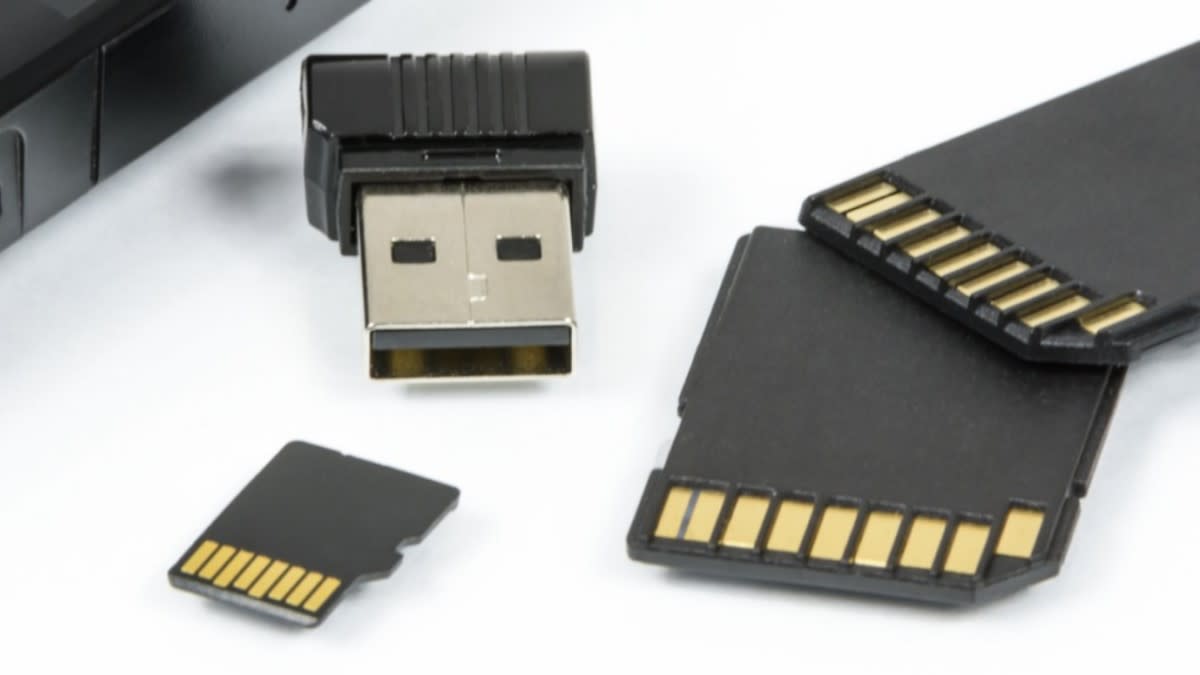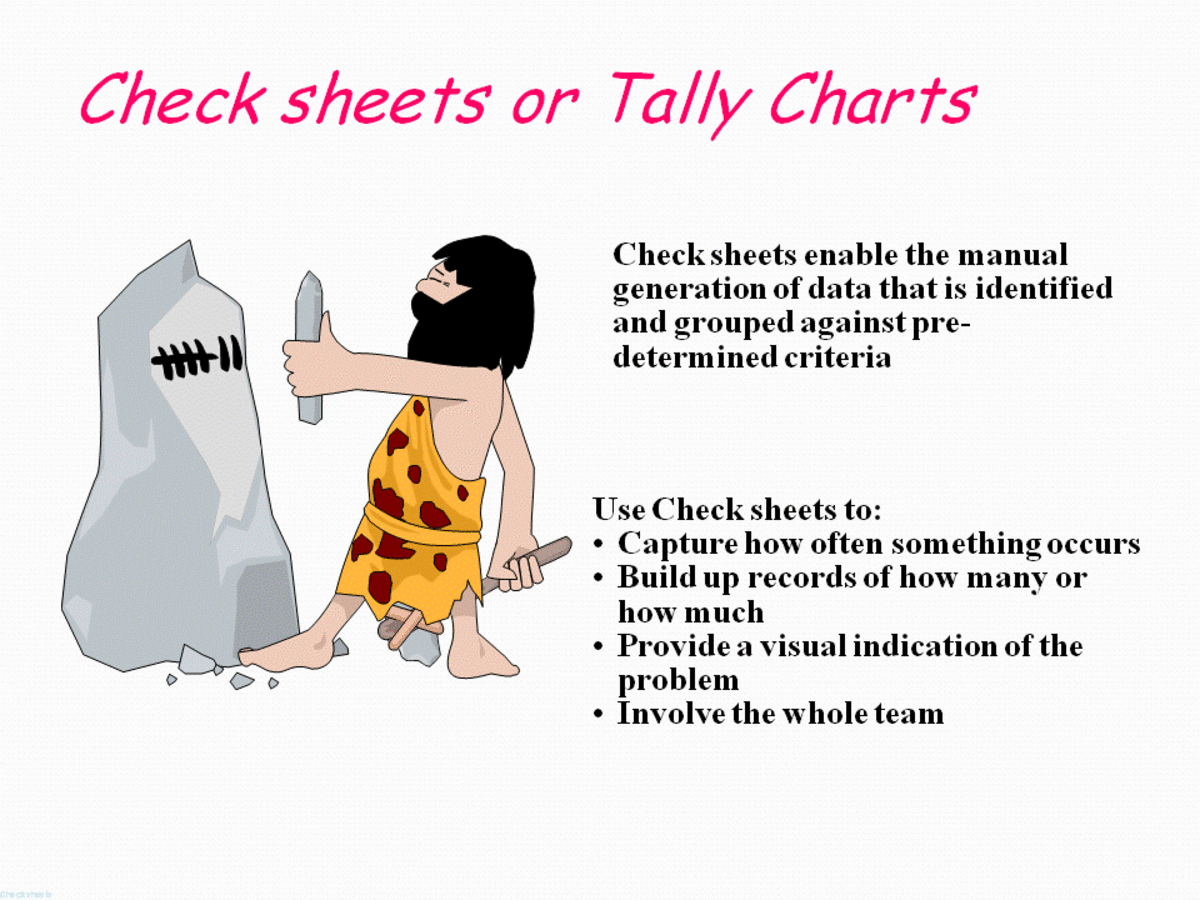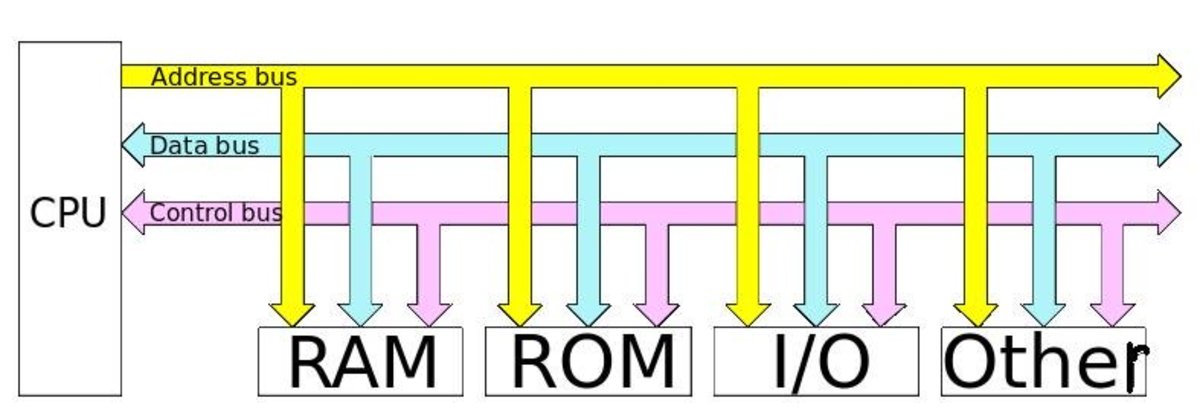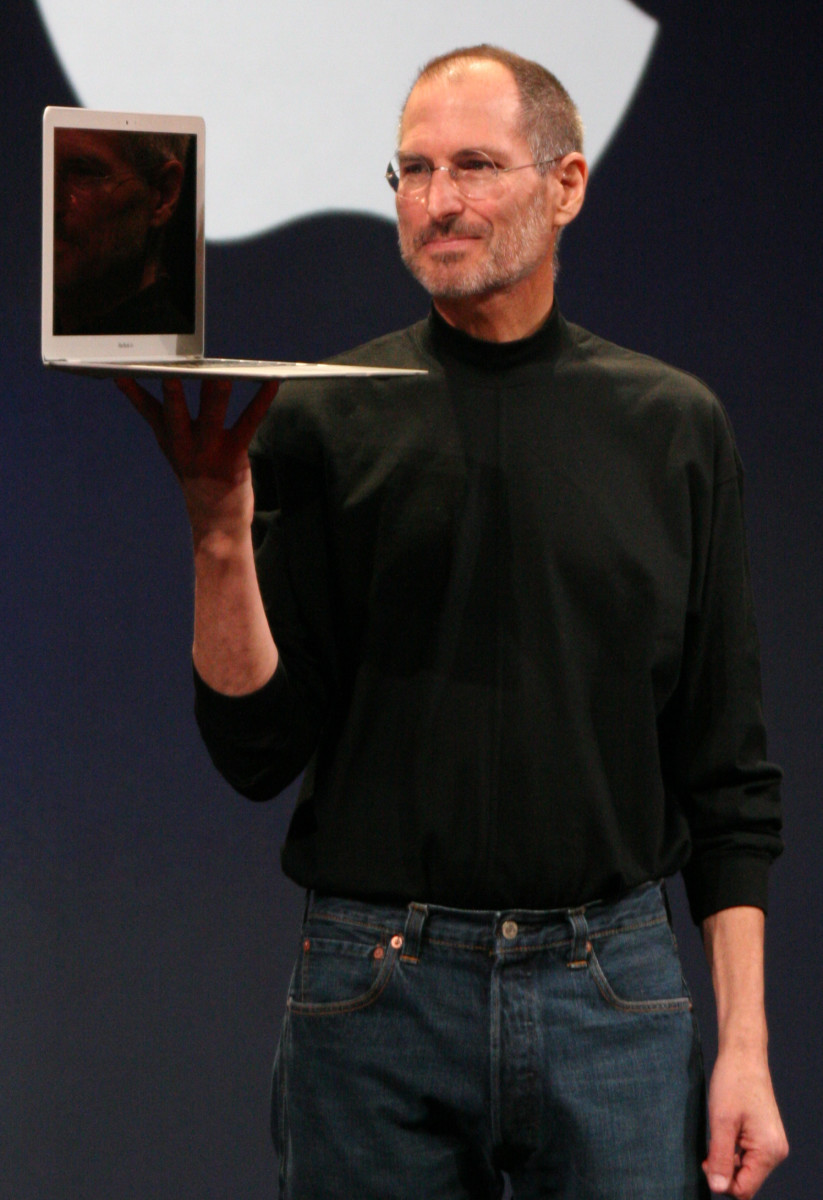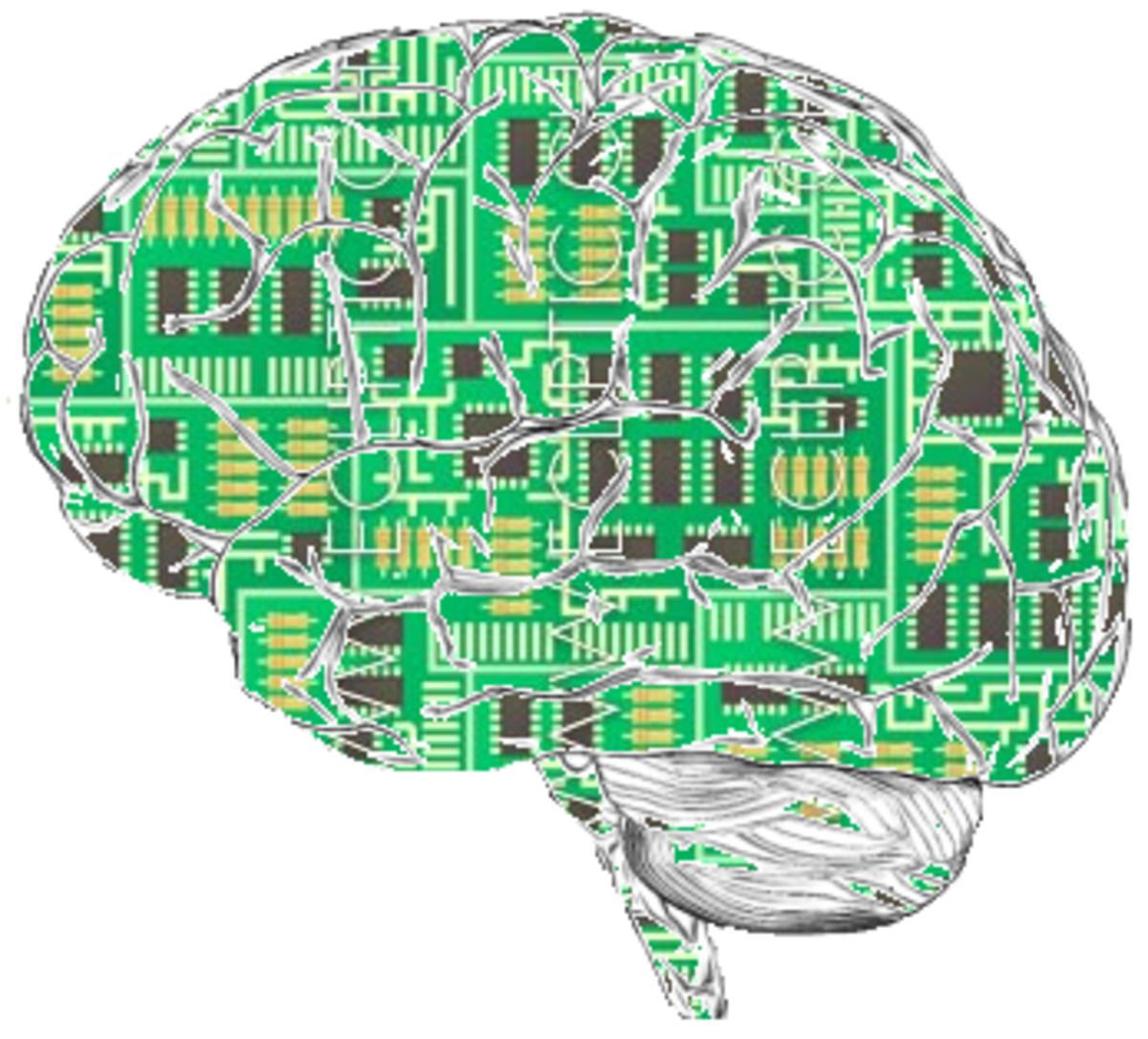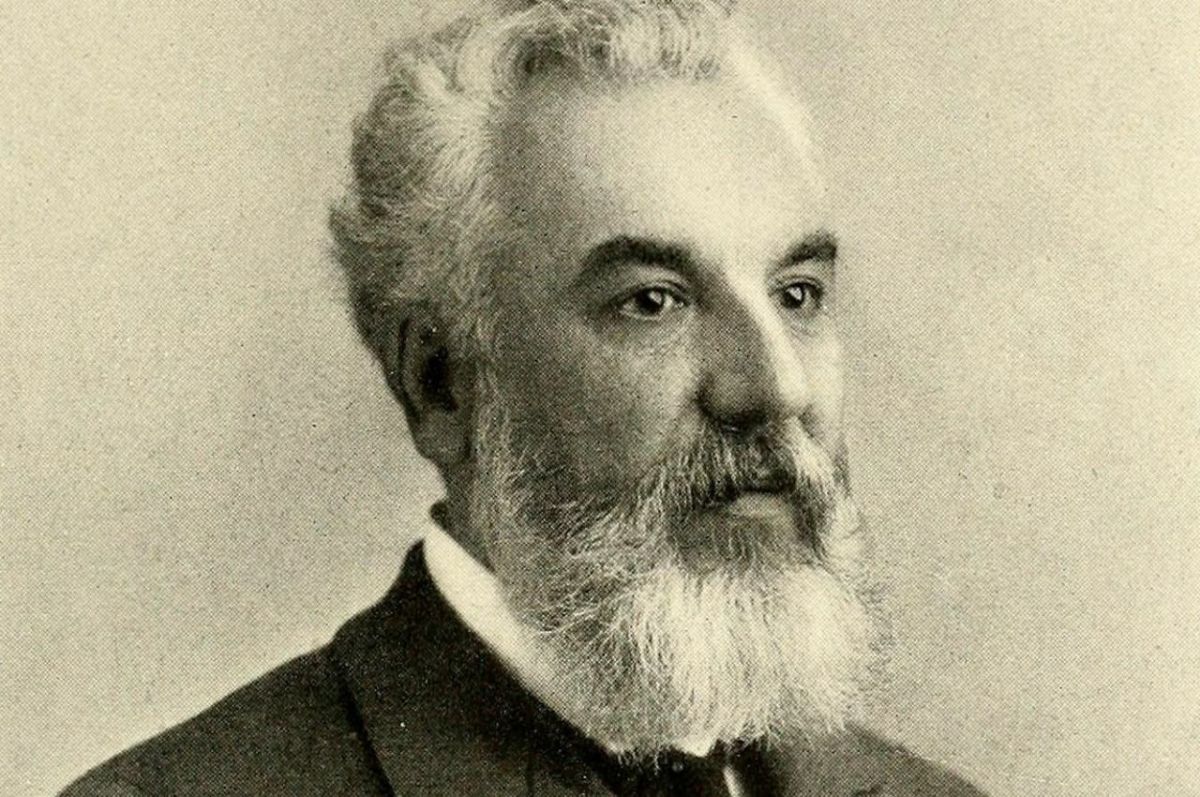Skills in the ICT Industry then and now 45 years of Improvement?
Skills in the ICT Industry then and now 45 years of Improvement?
Developments
How has the ICT industry developed over the last 45 years? Well firstly the hardware, the valves, solid state transistors and wired cores have given way to the Silicon chip. Intel has grown from nothing to a major international corporation.
We have moved from punched cards to screen input.
Computers have shrunk in size and improved power exponentially (Moore's Law)
Communication has improved from galvanic telephone lines operating at 1200 baud (bits per second) to today's multi gigabyte fibre optic based broadband.
Instead of one very large mainframe computer we have both mainframes (ignificantly smaller) and the modern PC.
These Pc's are more powerful than the Cray 1 computer of yesteryear which was the world's largest and fastest computer.
Computers could only be bought by governments and very large corporations.
So much for the Hardware
Here are some highlights
1960
- IBM markets 1401 computer
- UNIVAC III marketed
- About 8,000 computers in use worldwide
1961
- Xerox Corporation comes into existence
- American Standards Association publishes first IT standards
- IBM introduces 'golf ball' typewriter
- First time-sharing computers developed
1963
- English Electric Leo comes into being by merging of of English Electric computer operations with Leo Computers . This is significant because the Spectra 70 design becomes the basis of most new mainframes ncluding the IBM 360 and 370 range of computers in the future
- ICT buys Ferranti
- ASCII (American Standard Code for Information Interchange) introduced
1964
- IBM 360 computer debuts
1965
- IBM System/360's begin to be delivered
- Digital Equipment launches PDP-8 minicomputer
1968
- ICT becomes ICL
- Intel founded by Bill Groves
- Computer Sciences becomes a public company and lists
1969
ARPANet is started . this was launched in universities in the USA (Originally a military application) and the precursor of the modern internet.
1977
- launch of Apple II ,Commodore PET and radio shack TRS-80
1979
- First commercial Pc software VisiCalc and WordStar launched for PC Dos computers
1984
- Apple Macintosh launched
1985
- Microsoft' launches Windows
1990
- Microsoft release Windows 3.0
- Fortune says that Bill Gates has become the world's richest man
2000
- Dot com Crash
What about ITC techniques?
In the 1960's applications were not put onto computers willy nilly Each system that was to be computerized was subjected to a stringent work study and every element of the business was flow charted and mapped. The incoming data was listed and compared to the output required. Clearly reports could not be done if the incoming data did not exist. Today we have wonderful new techniques called Business Process Mapping (BPM) and (you guessed it the business is subjected to a stringent business Process and every element of the business was flow charted and mapped). We also have people who specialize in produce "Master data" which means that "incoming data was listed and compared to the output required".
The data in the old days was meticulously planned and organized for easy access and sorting by keys (process called normalization of data). Today we have Data Base administrators who "was meticulously planned and organized (data) for easy access".
We also had to be very careful to ensure that programs re used code for calculation and aging routines and so we invented sub programming and routines which were not data dependent (re-entrant programming). Today much is made of using pre programmed routines and libraries of this code exist for use.
Today this concept has gone up a level and whole programs or suites of programs are be reused (packages) or used in an integrated way to build a cafeteria of re-usable code and is now being packaged as Services Oriented Architecture (SOA).
We had to fit systems within the limitations imposed by the hardware and software limitations of he time. Today we have almost infinite resources and thus need to suit the Hardware to the solution and this called enterprise architecture.
Progress or Not
In years gone by businesses were built on a slower time scale. Operations manuals were the order of the Day. Every business function in a given business was minutely documented and revised as needed. When you joined an organization, you started at the bottom and worked through every facet of the business, over time. When you knew how an operation worked you were then moved around to different branches of different sizes to understand local differences ultimately becoming a General Manager with an intimate understanding of the business.
Today it is instant gratification. Very few businesses have an intimate understanding of the holistic business themselves. The Old gray GM's have gone. Section managers, silos of operation, niche experts have become the order of the day. That is why the old techniques are being repackaged (reinvented perhaps) and remarketed to try and address the difficulties of doing a proper job in producing workable ICT solutions.
So in summation technology is significantly better but the road to business solutions is still struggling with problems and not much has changed. In fact the more things have changed, the more they have remained the same. It seems that in life and ICT we don't learn the lessons of the past and history definitely repeats itself.

